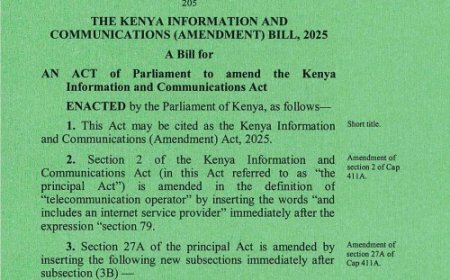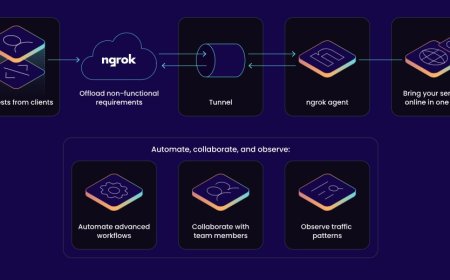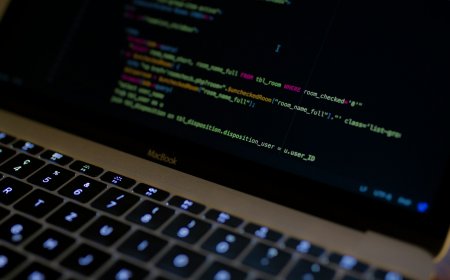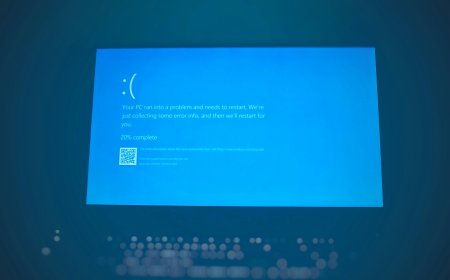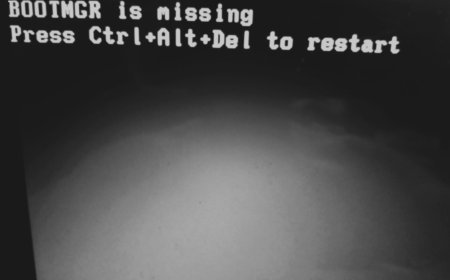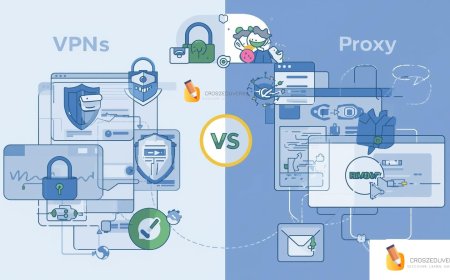Email Safety: Best Practices to Protect Your Inbox
Learn essential email safety tips to protect yourself from phishing, malware, and scams. Stay secure with strong passwords, two-factor authentication, and smart email habits.

Email is an essential communication tool, but it’s also a major target for cyber threats. Hackers use phishing, malware, and social engineering to gain access to sensitive information. Follow these email safety best practices to keep your inbox secure.
1. Use Strong, Unique Passwords
A weak password makes it easy for hackers to access your email. Follow these guidelines:
-
Use a mix of uppercase, lowercase, numbers, and symbols.
-
Avoid using common words or personal information.
-
Change your password regularly.
-
Consider using a password manager to store and generate strong passwords.
2. Enable Two-Factor Authentication (2FA)
Two-factor authentication adds an extra layer of security by requiring a second form of verification (such as a code sent to your phone). Even if hackers steal your password, they won’t be able to access your account without this second step.
3. Beware of Phishing Emails
Phishing emails trick users into revealing sensitive information. Look for these red flags:
-
Unexpected emails from banks, government agencies, or service providers.
-
Emails with urgent messages asking for personal details.
-
Suspicious links and attachments.
-
Spelling and grammar mistakes in official-looking emails.
How to Protect Yourself:
-
Hover over links before clicking to check if they lead to a legitimate site.
-
Never download attachments from unknown senders.
-
Report phishing emails to your email provider.
4. Avoid Public Wi-Fi When Accessing Email
Public Wi-Fi networks can be unsecured, making it easy for hackers to intercept your email. If you must check your email on public Wi-Fi:
-
Use a VPN (Virtual Private Network) to encrypt your connection.
-
Avoid logging into sensitive accounts.
-
Disable auto-connect to public networks.
5. Regularly Update Your Email Security Settings
Check your email provider’s security settings and enable:
-
Email encryption (if available)
-
Spam filters
-
Security alerts for unrecognized logins
6. Verify Email Senders Before Responding
Cybercriminals often spoof email addresses to appear legitimate. Before responding:
-
Look for slight variations in email addresses (e.g., amaz0n.com instead of amazon.com).
-
Contact the sender through an official phone number or website.
-
If the request seems odd, confirm it before taking action.
7. Keep Your Email Software and Antivirus Updated
Regular updates help fix security vulnerabilities. Make sure to:
-
Update your email client and web browser.
-
Install a reliable antivirus program to scan attachments.
-
Enable automatic updates on all your devices.
8. Use Separate Emails for Different Purposes
Avoid using the same email for everything. Instead:
-
Use one email for personal communication.
-
Another for work-related tasks.
-
A separate email for online shopping and subscriptions.
9. Be Cautious with Email Forwarding
Before forwarding emails:
-
Remove sensitive information.
-
Verify that the recipient needs the forwarded content.
-
Avoid sharing personal or business information unnecessarily.
10. Backup Important Emails Regularly
Cyberattacks and accidental deletions can result in lost emails. To prevent data loss:
-
Save critical emails to a secure cloud storage service.
-
Use offline backups for important emails and attachments.
-
Regularly clean up unnecessary emails to reduce clutter.
Final Thoughts
Email safety is crucial in today’s digital world. By following these best practices, you can significantly reduce the risk of falling victim to scams, phishing attacks, and email-based cyber threats. Stay vigilant, update your security settings, and always think twice before clicking links or sharing information.
Have more email safety tips? Share them in the comments!
What's Your Reaction?
















